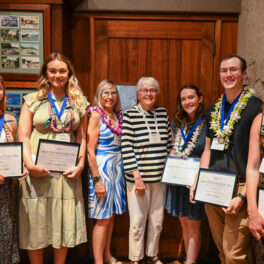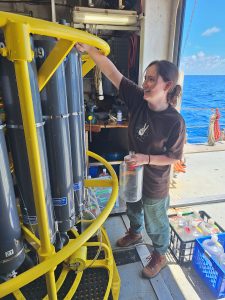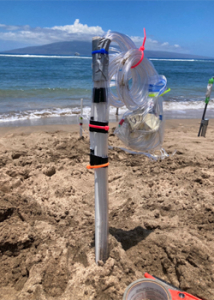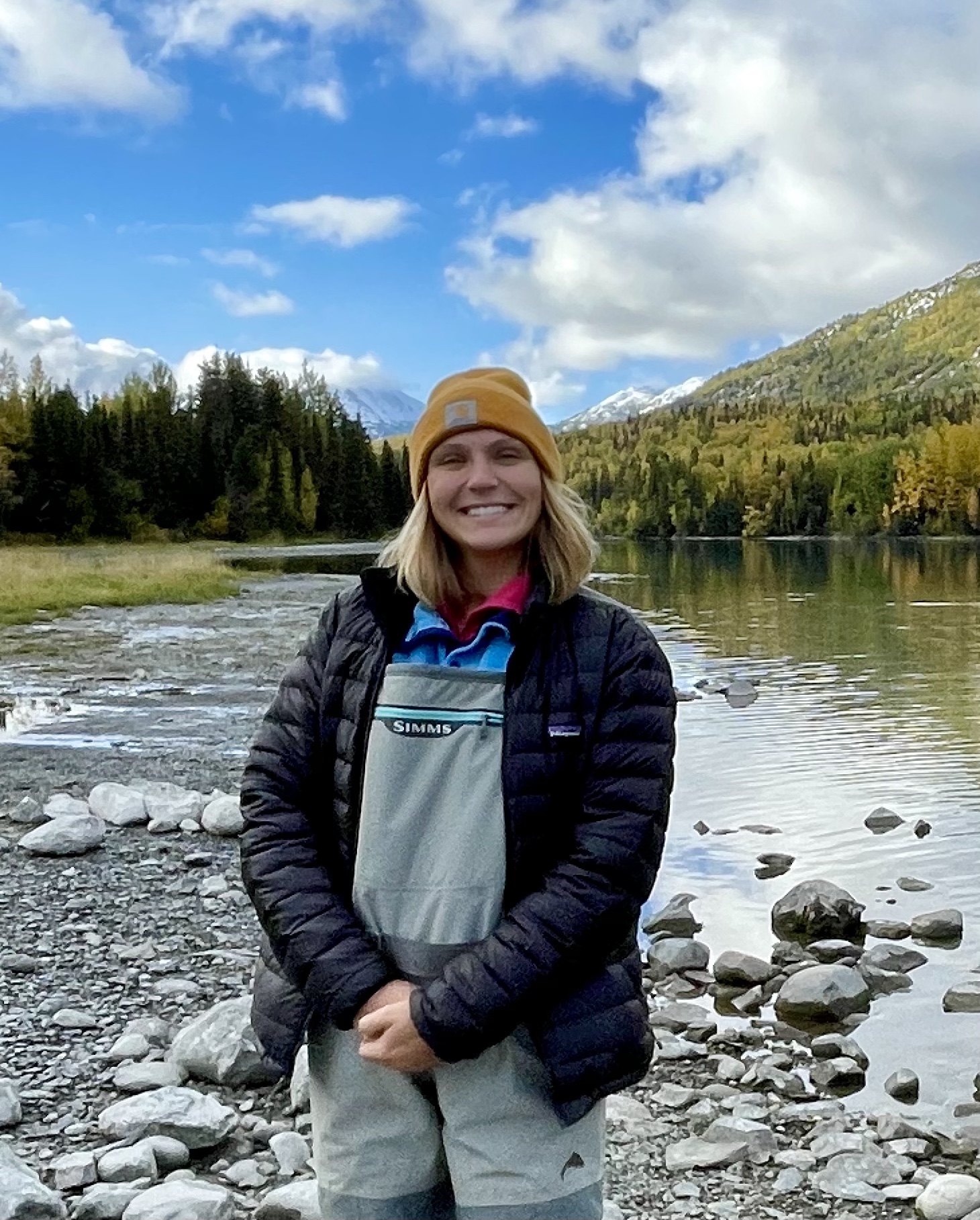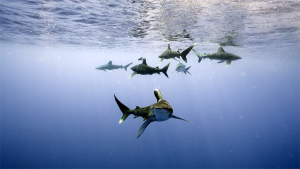With $4.2M in funding from the National Science Foundation (NSF), the Materials Research and Education Consortium at the University of Hawai‘i (UH) at Mānoa, in partnership with the NSF Materials Research Science and Engineering Center at the University of Washington, will engage diverse researchers to foster key materials science breakthroughs in clean energy and sustainability and create new STEM pathways that integrate Hawaiian knowledge with materials research at the undergraduate and graduate levels.
Led by UH Mānoa researcher Godwin Severa, the consortium will focus research efforts on solutions for challenges facing Hawai‘i, including reliance on imported fuels for electricity and transportation, resource and waste management, soil erosion, and ocean contamination exacerbated by climate change.
“I am excited about increasing the number of diverse students trained in materials research,” said Severa, who is a faculty member in the Hawai‘i Institute of Geophysics and Planetology (HIGP) at the UH Mānoa School of Ocean and Earth Science and Technology. “The students trained on this project will increase Hawaiʻi’s materials science workforce in the future, helping develop critical materials towards reducing our dependence on costly imported fuels for electricity and transportation and mitigating the effects of soil erosion and ocean contamination.”
“Our focus on novel materials within the project is all about turning scientific breakthroughs into real-world environmental solutions,” added Przemyslaw Dera, project co-investigator and HIGP researcher. “We are committed to developing materials that will contribute to sustainable technologies and help protect our planet.”
Expanding opportunities
Since 2004, the NSF Partnerships for Research and Education in Materials (PREM) program has broadened access to materials science-focused skills and opportunities by supporting strategic partnerships between minority-serving institutions and NSF-funded research centers and facilities at research-intensive institutions.
“We are especially excited to give Consortium students the opportunity to expand their horizons,” said Hope Ishii, project co-investigator and astromaterials research scientist and affiliate faculty in SOEST. “We will create opportunities for them to use cutting-edge transmission electron microscopy on their own samples in a national laboratory, take tours at three national laboratories in California, and meet materials science experts. These kinds of experiences and connections are key to expanding their network of professional contacts when they start looking for jobs.”
Building on previous success
This project builds on the success of the team’s previous material science seed project at UH Mānoa, which engaged O‘ahu middle/high school students, more than 20 UH Mānoa students, and six faculty through materials science research, education, and outreach activities.
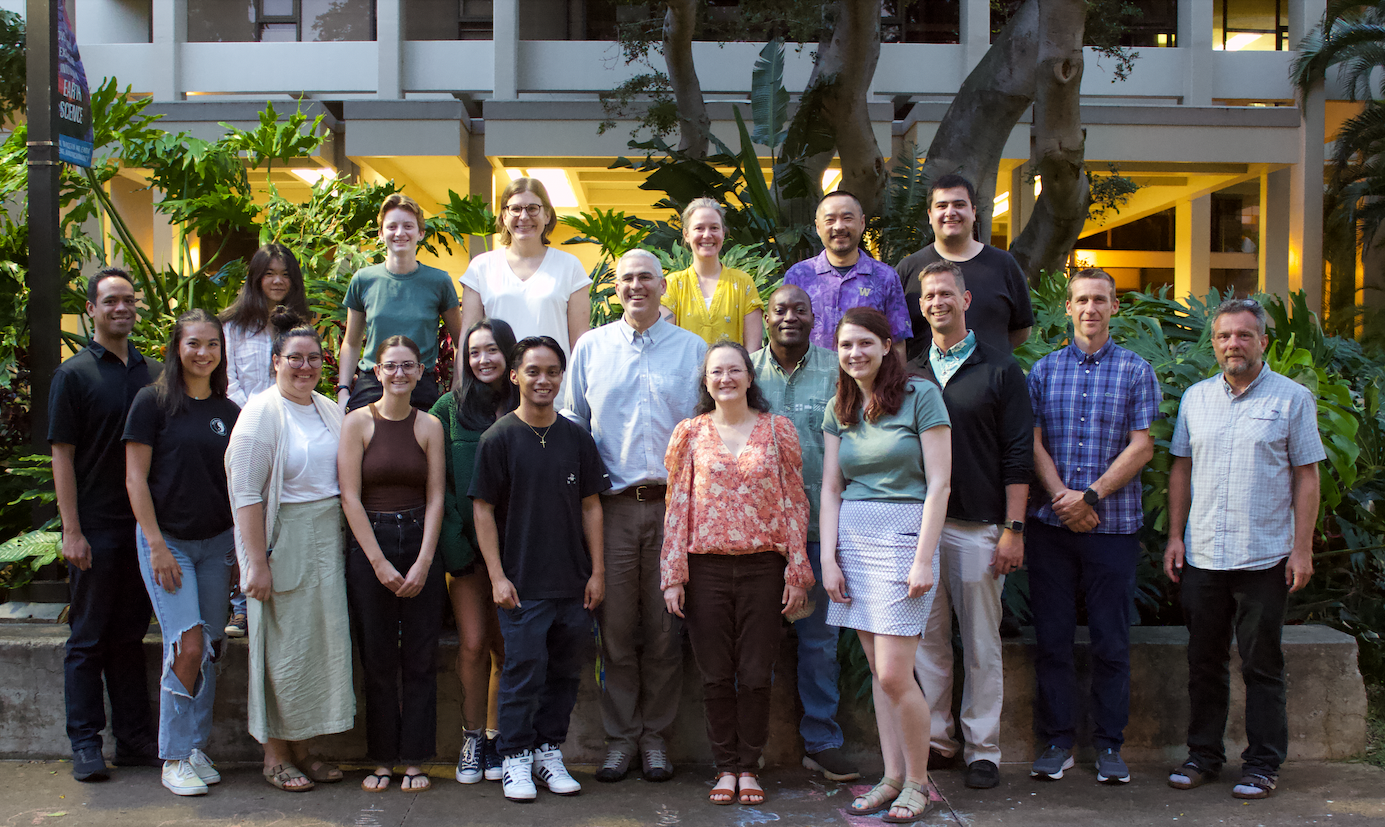
In continuing to work with Hawai‘i middle and high schools, Kamehameha Schools, UH community colleges and US national facilities, the team will broaden materials science education in Hawai‘i. To increase the place-based value of curriculum, they will develop K-12 workshops and new UH Mānoa courses that incorporate Hawaiian cultural perspectives.
“Engaging with UH students and faculty in our PREM collaboration has been THE highlight of my academic career,” said Lilo Pozzo, co-principal investigator and Boeing-Roundhill Professor at University of Washington. “There is no better immediate reward for a professor than to directly observe the enthusiasm, growth, and curiosity that students demonstrate as they experience this unique program in advanced materials research. The fact that we also tackle pressing challenges in island sustainability, and integrate cultural and place-based learning methodologies makes it an even more impactful and rewarding learning experience for all of us involved.”
“This UH-UW partnership offers many opportunities to Hawaiʻi’s K-12, undergraduate, and graduate students,” added Severa. “The unique outreach programs we have planned will solidify sustainable pathways for people from underrepresented groups to enter and succeed in STEM fields.”
Read also on UH News, Kaua’i Now News, Kaua’i Now, and Maui Now.
